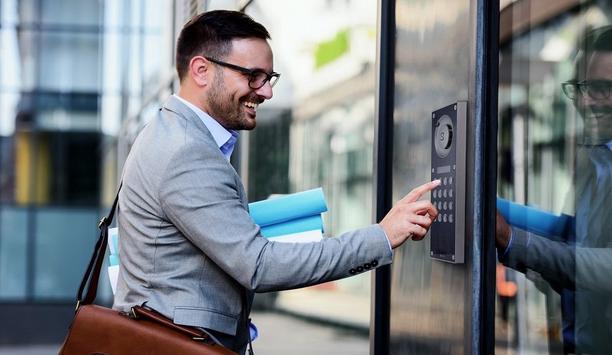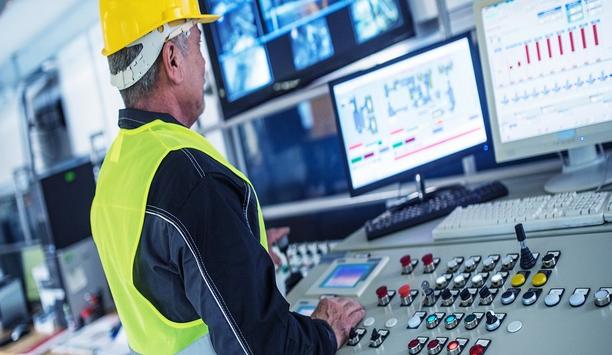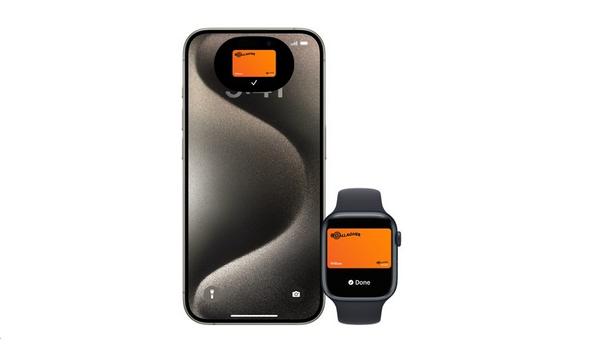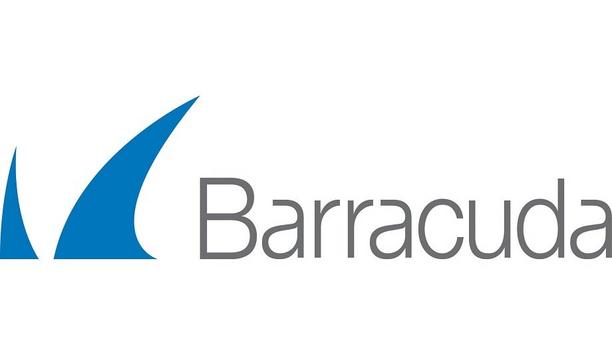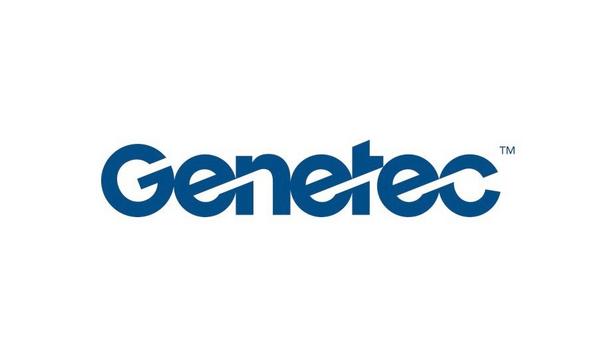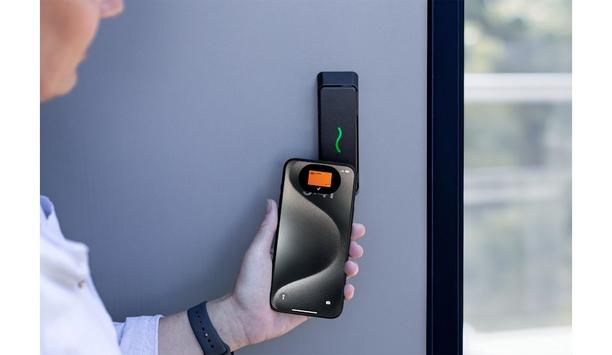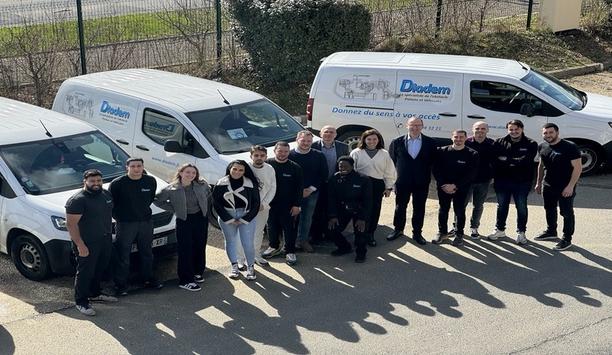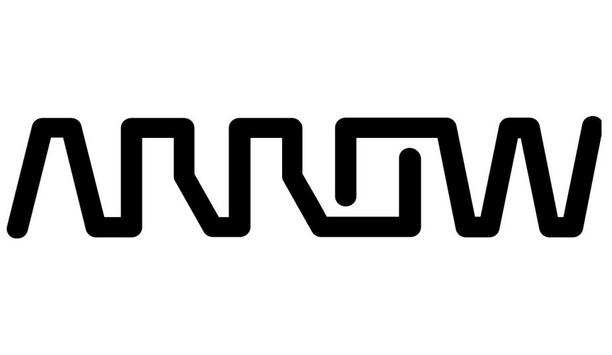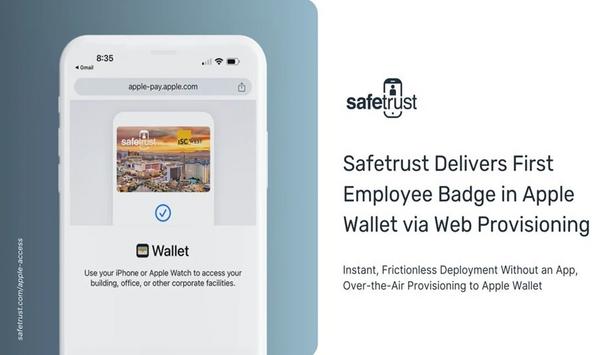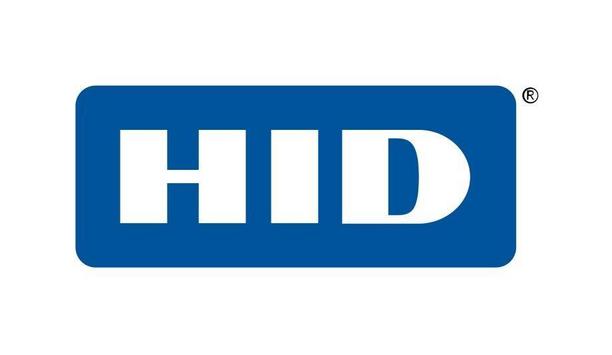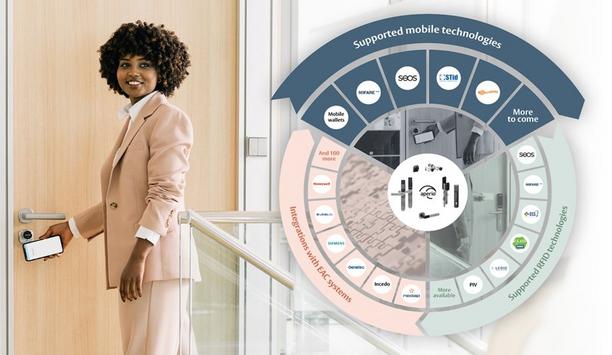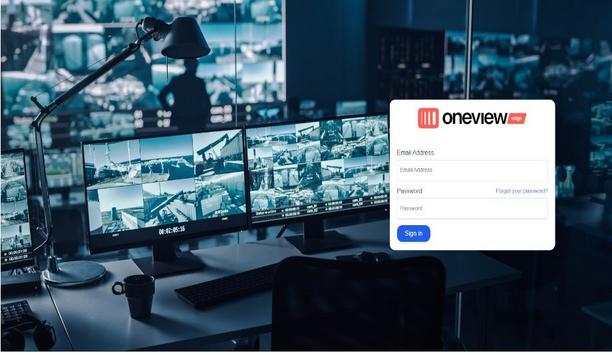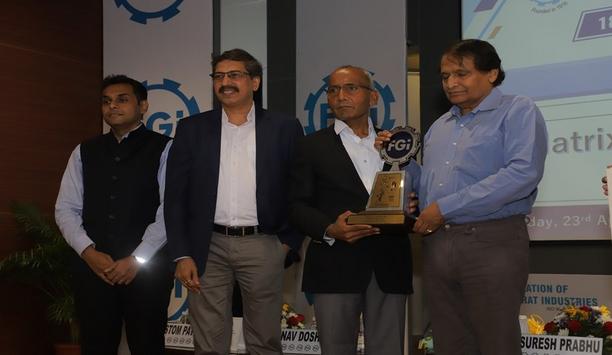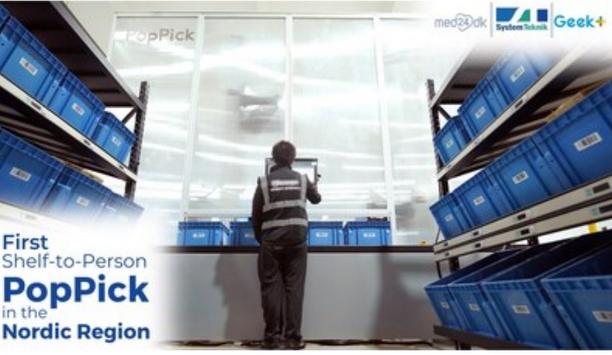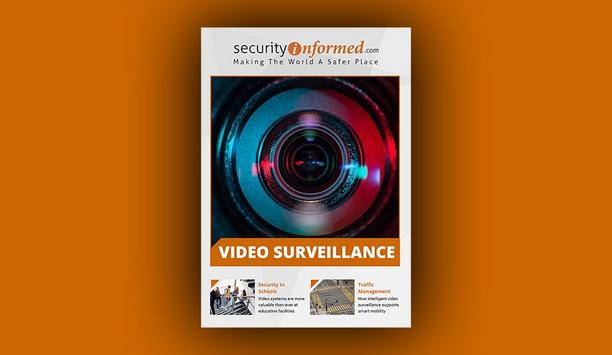Which Security Technologies Are Becoming Outdated Or Obsolete?
Editor Introduction
When technology performs a required task effectively, there is little reason to upgrade to the ‘next big thing’. In this regard, the physical security market is notoriously slow to change.
Much of yesterday’s most robust and dependable equipment is still in place at thousands of customer sites, still performing as well as the day it was installed. However, there comes a point when any technology becomes outdated. We asked this week’s Expert Panel Roundtable: Which security technologies are becoming outdated or obsolete?
Security technology is constantly evolving. In the real world, there will always be individuals or parties looking to break protocols and overcome systems, in order to gain unauthorized entry. It is inevitable then that some technologies simply become too vulnerable to targeted attack, to remain viable for any significant level of security. Technologies, such as 125 kHz proximity readers and cards, have largely become obsolete, due to the ease of cloning this technology. Unfortunately, the technology required to overcome these readers is cheap and readily available to anyone looking to purchase it. Additionally, magnetic stripe cards for access control have similarly been superseded by hackers and technology designed to circumnavigate their once robust security. Many legacy systems still have their uses (particularly where specialist components are involved), but their usefulness needs to be weighed against the level of potential threats, the value of the premises and contents being protected, and the budgets available.
As we shift more and more to IP solutions, anyone still utilizing analog products is running the risk of having an outdated and vulnerable system. The COVID-19 pandemic has impacted the access control industry across the board. One of the most obvious outcomes is the emphasis it has put on investments into new systems, retrofits and integrations to support hygienic access, such as touchless solutions. Going beyond having updated infrastructure to utilize these new technologies, it is also no longer enough to have just a surveillance system or an intercom. There is more demand for hybrid solutions that enable security teams to visually confirm access, as well as communicate audibly with visitors and staff.
Proprietary, vertical, single-vendor solutions are becoming outdated. Traditionally, the popularity of open vs. proprietary solutions has been somewhat cyclical. However, the changing requirements of today’s customer environments dictate the obsolescence of proprietary systems. The driving factors include:
- Today’s systems are often required to transcend beyond traditional loss prevention and safety roles, so as to support an organization’s mission and competitive advantage.
- This competitive advantage increasingly requires best-of-class solutions that include AI and analytics. Proprietary solutions can only deliver limited solution sets and cannot maximize this impact.
- Today’s security integrators must have strong IT skills to effectively service their customers. These skills enable integrators to overcome the one downside of open systems, the need to integrate and support these best-in-class solutions.
- With the rapid rate of change in new technologies, open best-in-class solutions enable adoption of new technology, without abandoning the full investments made in proprietary systems.
It’s less about which technologies are becoming obsolete and more about how they can be updated and integrated to improve health and safety of building occupants. For example, a video camera is a foundational component of a security strategy, but with the Cloud and analytics, it can do so much more. Where security personnel previously had to manually comb through hours of security footage to identify a grainy face or make out a license plate number, a video system can now be part of a prevention strategy. Newer technology, such as thermal cameras, goes one step further to help maintain health, by alerting management if someone has an elevated skin temperature. Once integrated with access control, having knowledge of who is in the building helps contact-tracing efforts. When talking about which technologies are becoming outdated, it is those that are siloed, manual and don’t improve overall health and safety.
Traditional burglar alarms systems have plagued both businesses and law enforcement for years, inundating 911 call centers with false alarms. The result is costly fines for businesses and unnecessary deployment of vital police resources. Thankfully, these older alarm systems are becoming a thing of the past, as video verified alarm services all but eliminate false alarms, saving some companies thousands of dollars in fees. Many businesses already have security cameras in place, so it’s a ‘no-brainer’ to connect these two systems together. It is no surprise that police departments have become fatigued by false alarms and as a result, rarely respond in time to make an impact. In contrast, video verified alarms elicit a priority-one response from police, since it is a professionally verified crime in progress. Video verification has become the new standard in protection, giving confidence to managers and owners, while saving time and money.
With COVID-19 being at the forefront of everyone’s mind and with an eye on infection control, access control methods that require any form of touch now look increasingly outdated. Fingerprint readers, keypads and palm scanners may well become obsolete, with a drive towards hard credentials and biometrics. Even when it comes to visitor management, touch screens upon entry to secure sites suddenly could be replaced with visual verification or CCTV analytics.
As we move forward, hardware-defined cameras that perform certain tasks find themselves seriously challenged. The market is ripe for a revolution, as the development of AI technologies and sensor richness continue to increase, setting a new pace in innovation. Hardware development cannot keep pace and the development cycles are simply too long. For end users, this means longer wait times to reap the benefits of new technologies, as well as investing in new hardware more frequently. This paves the way for software-defined devices to become more commonplace and serve as the main vehicles for ushering in innovation to the market, a cycle already acknowledged in the smartphone and TV industries.
It seems odd to talk about obsolete technologies in an industry that embraced VCRs, until just a few years ago and I would bet more than a few are still in use. However, the improved imaging of digital IP cameras has quickly convinced most that analog video needs to go. As much of an advance as IP video has been, storing large high-resolution image files have hampered the growth of digital video. But now cloud storage and retrieval, along with advances in indexing and searching, have greatly mitigated those issues and high-resolution images are now the norm. Another advantage that Cloud brings is the ability to merge security data from multiple sources, so as to produce a more holistic view of the estate and the status of what is being protected. Gone are the days of siloed access, video, fire, and intrusion systems.
Editor Summary
In access control, 125 kHz proximity and magnetic stripe cards have mostly outlasted their usefulness, haven’t they? In video, analog systems have been far surpassed by newer technology. Also, proprietary systems in general, which are difficult to integrate with other technologies, offer decreasing usefulness in an age, when everything needs to be connected.
- Related links
- Magnetic Stripe Access control cards/ tags/ fobs
- Card Access control cards/ tags/ fobs
- Biometric Access control software
- Biometric Access control systems & kits
- Biometric Access control readers
- Proximity Access control systems & kits
- Standalone / Networked Access control systems & kits
- Network IP cameras
- Proximity Access control cards/ tags/ fobs
- Indoor/Outdoor IP Dome cameras
- Indoor/Outdoor Dome cameras
- Thermal Surveillance cameras
- Standalone / Networkable Access control readers
- Proximity Access control software
- Thermal IP cameras
- Magnetic Stripe Access control readers
- Central Monitoring Option Access control software
- Proximity Access control readers
- License Access control software
- Johnson Controls Limited Access control systems & kits
- TDSi Access control software
- TDSi Access control systems & kits
- TDSi Surveillance cameras
- Johnson Controls Limited Access control readers
- TDSi Access control readers
- TDSi IP cameras
- TDSi Access control cards/ tags/ fobs
- TDSi IP Dome cameras
Expert commentary
Security beat
Security bytes
- Getting To Know Dan Grimm, VP And General Manager Of Computer Vision At RealNetworks
- Big Wins And The Importance Of Showing Up: Insights From SecurityInformed.com Editor Larry Anderson
- Setting Goals, Business Travels And Radioactivity: Success Secrets From Tiandy's John Van Den Elzen
- Getting To Know Jeff Burgess, President/CEO At BCDVideo
Mobile access articles
Zenitel, a provider of intelligent communication solutions, announced the launch of two new door entry intercoms: the Turbine Extended Intercoms TEIV1+ and the TEIV4+. The new products display Zenite...
Physical security is essential for a modern production facility, users don’t want just anyone entering the building or accessing secure areas. But what about production machinery? Machine authe...
Global security manufacturer, Gallagher Security, has announced that support for employee badges in Apple Wallet is available for Gallagher customers in the U.S. with the release of Gallagher Command...
Barracuda Networks, Inc., a trusted partner and major provider of cloud-first security solutions, announced that Neal Bradbury has been elevated to the role of Chief Product Officer. In this new role...
Genetec Inc., a renowned technology provider of unified security, public safety, operations, and business intelligence solutions, announced that its new enterprise-grade SaaS solution, Security Center...
Gallagher Security announced the latest release of their award-winning security site management software, Command Center v9.10, marking a significant evolution for the security platform trusted to pro...
Gunnebo Entrance Control has announced its acquisition of DG Concept and Diadem, a French entrance control, design, installation, and service specialist, marking a significant step in reinforcing its...
Global technology solutions provider - Arrow Electronics, Inc. (ARW) announced that Broadcom selected it as the sole provider for its CloudHealth from VMware offering. CloudHealth is designed to help...
In an industry-first, Safetrust provisions employee and visitor badges directly into Apple Wallet via an email link or text message, eliminating the need to download an application. This innovative a...
HID, a worldwide pioneer in trusted identity solutions, announces the availability of its new HID Seos Essential Bundle, providing small to mid-size businesses (SMBs) in Europe with the benefits of ad...
Compatibility with a range of credential technologies can be a critical factor when selecting access control. As organizations across the world explore a move to mobile keys for access, it is more imp...
DigiCert, a major global provider of digital trust, reconfirmed its commitment to standards and compliance with the successful completion of 31 audits within a 12-month period. These audits include a...
Interface Systems, a major managed service provider of business security, actionable insights, and purpose-built networks for multi-location businesses, announced that it is releasing an enhanced cust...
Federation of Gujarat Industries (FG)), Vadodara has conferred the Outstanding MSME Excellence Award at the 18th FGI Awards presentation ceremony. The objective behind the institution of these awards...
Geekplus, the global pioneer in mobile robot and smart logistics solutions, has deployed the first Shelf-to-Person PopPick project in the Nordics for one of the biggest online pharmacy wholesaler...
Multi-Residential Access Management And Security
DownloadGuide For HAAS: New Choice Of SMB Security System
DownloadPrecision And Intelligence: LiDAR's Role In Modern Security Ecosystems
DownloadHikvision: Solar Powered Product Introduction + HCP
DownloadVideo Surveillance
DownloadVerkada TD52 Cloud-Based Video Intercom
exacqVision IP08-64T-R1XW-E X-Series 1U Rdnt IP NVR 64TB RAID5 Windows OS with 8 IP Ent Lic
Climax Technology TouchPanel-3 7” Color Graphic Touchscreen Panel













